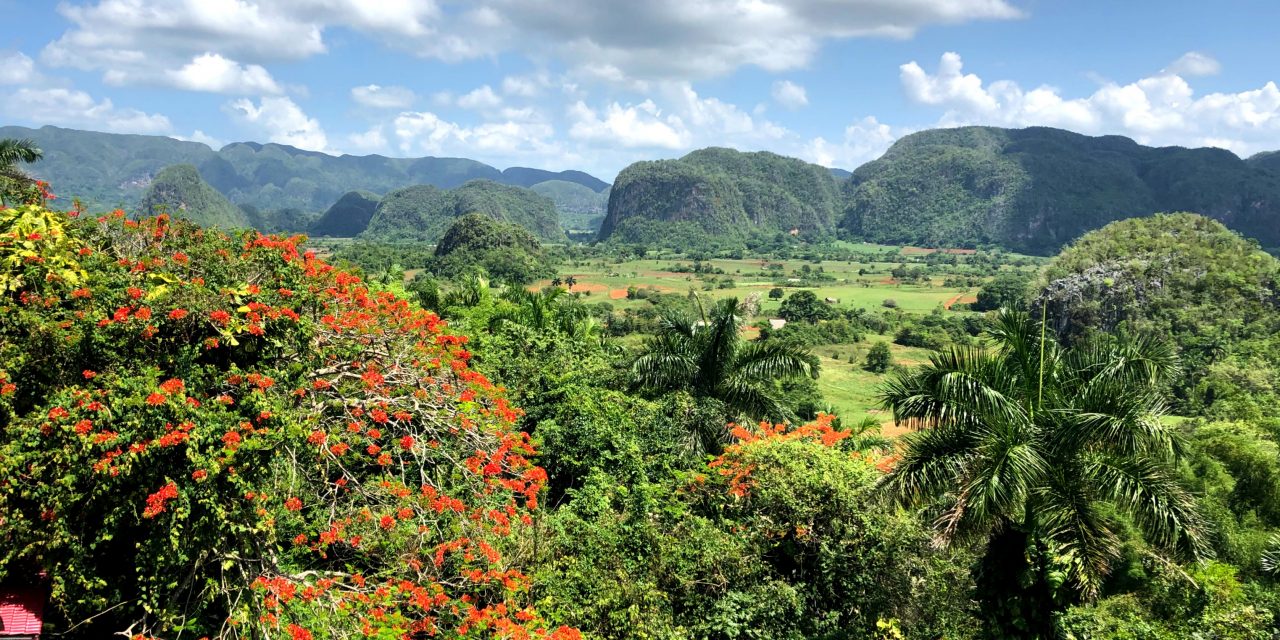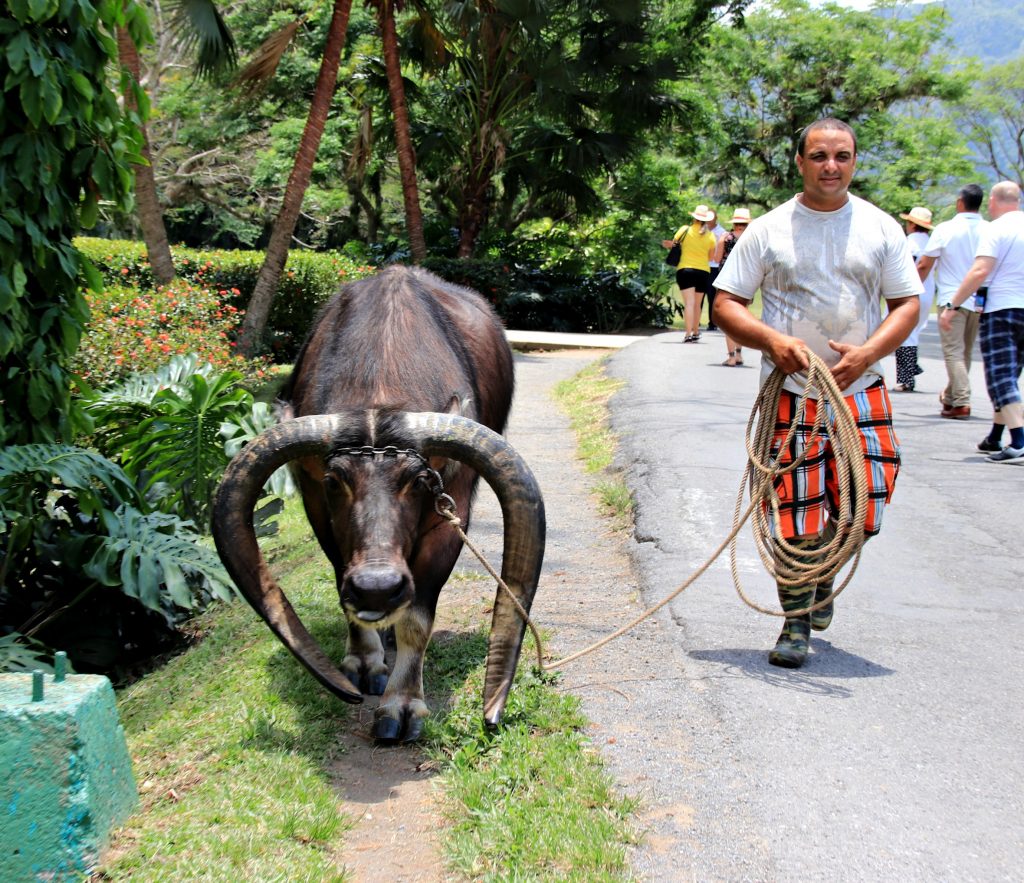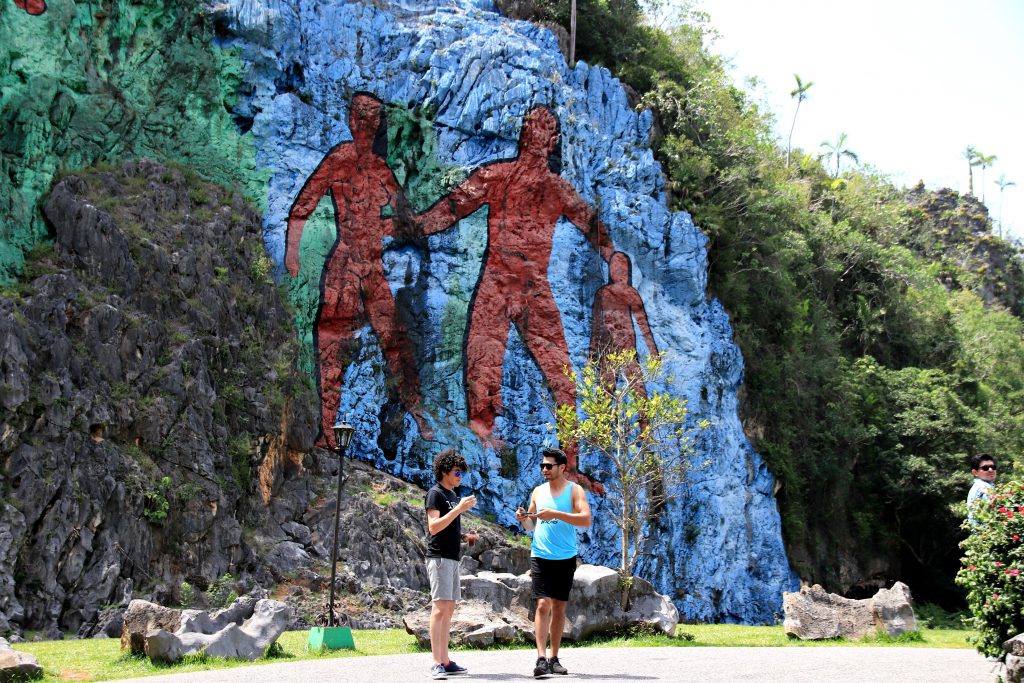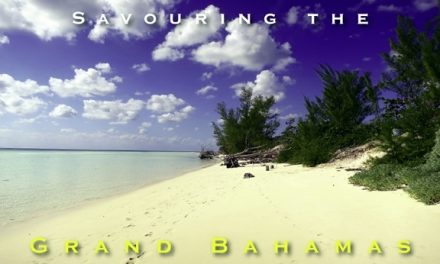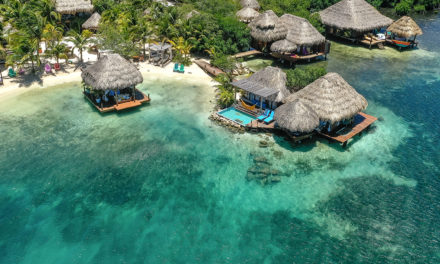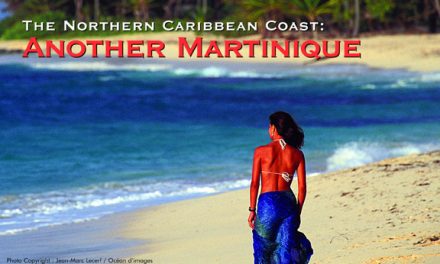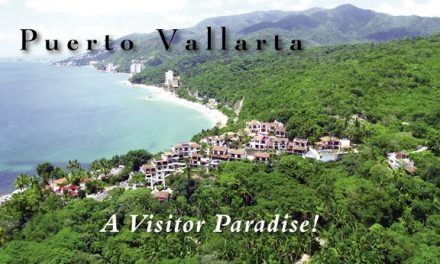Cuba
Viñales, Pinar del Rio, Cuba
Article and photography by Steve Gillick
A day trip to Viñales in Pinar del Rio, deserves a place on the top ten list of things to see and do in Cuba. From Havana, the 2 ½ hour drive west provides a window into rural Cuba where famers ride horses, oxen pull wooden carts, and Barrigona Palm trees, also known as Big Belly Palms, dot the countryside.
But as you get closer to the Province of Pinar del Rio (named after the Pine Trees along the (River) Rio Guamá), the scenery intensifies. The red earth, the green vegetation, the Karst mountains (the Sierra do los Órganos), and small limestone hills known as mogotes, combine to form a magical landscape, so much so that UNESCO declared the Viñales Valley a World Heritage site in 1999.
And one of the most impressive panoramas of this photogenic scenery can be captured from the viewing platform just outside the Hotel Los Jazmines, a visually stunning, pink painted property.
With tobacco being the main cash crop in this area, a visit to Casa del Vaguero reveals how tobacco leaves are dried. Just look for the building with a sign that says “Ojo…no fumar!”, basically, ‘pay attention to this…no smoking’. There is also a restaurant/souvenir shop on the premises where cigar-rolling demonstrations take place. One of the wall murals painted by local artists and entitled ‘The Magic of Dreaming’, celebrates the harmony between the people who work the land, and nature, with depictions of singing snails, colorful birds, musical instruments, mountains and tobacco leaves.
Down the road a short distance is the limestone Ceuva del Indio (Indian Cave), in which the Guanajatabey people lived many centuries ago. Today it’s a tourist attraction where visitors wander, duck and squeeze their way through lit passageways in the cave before arriving at the boat dock. Then they travel a short distance by boat on the San Juan River as a guide points out imaginative shapes in the stalactites, stalagmites and on the cave roof and walls (a seahorse, a human skull etc.).
But probably the most famous attraction in this area is the Mural de la Prehistoria which occupies the entire side of a mountain at 80 meters high and 120 meters in length. The mural portrays the life of the first Cuba inhabitants, featuring giant snails, human figures and dinosaurs, and was completed in four years by Leovigildo González Morillo, a follower of Mexican artist Diego Rivera.
And then there is the town of Viñales itself. We stopped for refreshments at the Hotel Central Viñales and ended up falling in love with the town’s main street of one-story wooden houses, restaurants and shops, as well as the beautiful small church, the Iglesia del Sagrado Corazon de Jesus, in the equally small town square.
A visit to Viñales can be a full day trip or a multi-day retreat. For travelers looking to escape from the larger cities and the beach crowds, this makes for a perfect getaway.
www.gocuba.ca

